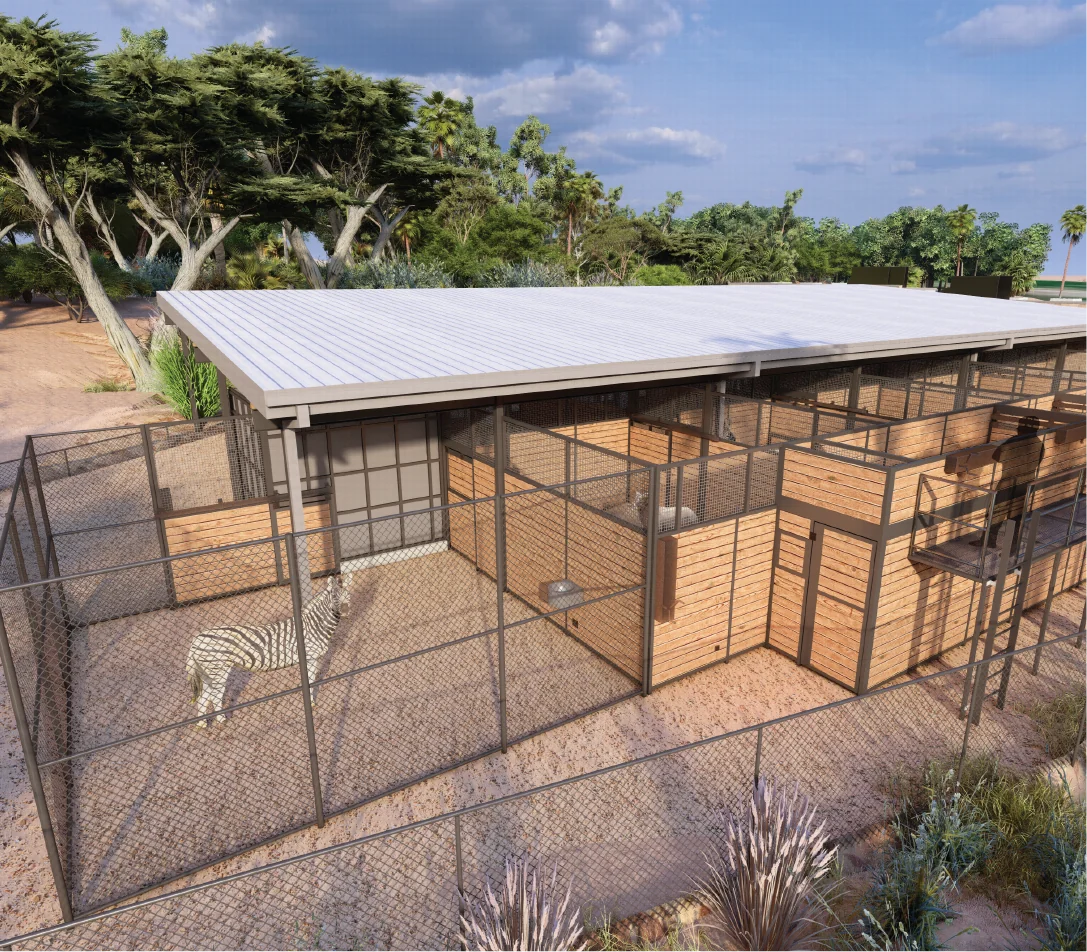Not an easy fea(s)t!
Written by Danielle, Behavioral Enrichment & Animal Welfare Coordinator
One of the most frequent species-typical behavior, is foraging. Foraging involves searching for food, retrieving or acquiring food,
and processing food. In order to increase this foraging behavior in our animals our keepers implement contra freeloading B.E. Contra freeloading means “working for food” and aids to better reflect an animal’s typical activity budget. Some examples of this B.E. include
how the food is presented to the animal, increasing variability in the timing/amount being offered at a given time, and increasing variability in the foods offered.
Utilizing the animal’s diet and a variety of foraging devices and methods, keepers are able to ensure the animals are working for their food. Examples of this include puzzle feeders (more on this in a minute), scattering their diet, hiding their food, and more. Puzzle feeders can be manufactured items specifically made to be utilized in zoos or even for your pets at home, or can be created utilizing more natural materials designed by our keepers! They are typically items that are manipulated by the animal for them to retrieve the treats inside.
Here is an example of a puzzle feeder, typically marketed towards our dogs at home, being repurposed and utilized for our magpie-jays! Watch as they manipulate the puzzle to find the diet items (mealworms) inside!
Next time you’re in the Zoo, challenge yourself to see if you can determine what B.E. items an animal is receiving for the day,
and what it might be used for!







